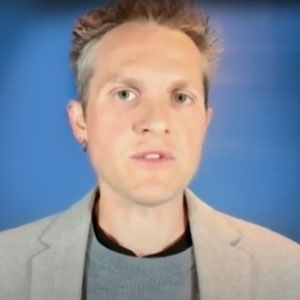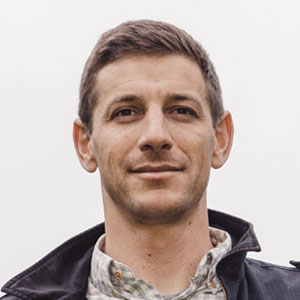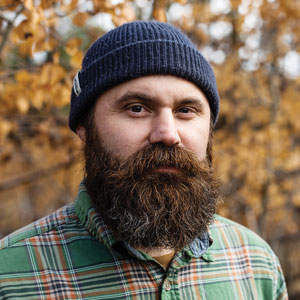Happy Birthday, Environmental Studies!
Reed’s unique ES program celebrates its 10-year anniversary.
Think back to 2010. The term “filter bubble” came into use. Instagram logged its first post (a photo of San Francisco’s Pier 38). And Reed launched an interdisciplinary environmental studies program unlike any in the nation.
The results have been phenomenal. Reed has been able to add four new professors to buttress the program, which is now one of Reed’s most popular majors. This year, the program offered 24 courses in disciplines ranging from anthropology to chemistry to political science. Roughly 15 ES seniors are set to graduate in June with another 15 juniors on their way. And the program has produced more than 88 graduates who are working in every sector of the economy.
The first seedlings were sown in 2002, when a group of professors—including Noelwah Netusil in economics, Alex Montgomery in political science, and David Dalton and Keith Karoly in biology—set out to explore how environmental studies might fit into Reed’s curriculum. The challenge was deceptively simple: how could students explore the vast breadth of this field without sacrificing the intellectual depth that is the hallmark of a Reed education?
With the help of former trustee Jeff Kenner, they invited prominent speakers to campus, including Oregon State University marine biologist Jane Lubchenco, Stanford historian Richard White, and Buck Parker, executive director of Earthjustice, an environmental legal defense fund. Prof. Peter Steinberger (another supporter) summed up their findings: “In order to deal intelligently with [environmental studies], you need two kinds of people—well-trained social scientists and humanists who know a lot about physical and life science, and well-trained scientists who know a lot about social scientific and humanistic modes of inquiry.”
The initiative gained further momentum in 2006, when hundreds of students signed a petition circulated by biology major Monika Wieland ’07 calling for the creation of an ES program.
The faculty crafted a solution that was uniquely Reed. Students take interdisciplinary seminars that focus on specific problems in the field such as the economics of solar power. They gain depth in ES from a “home” department—biology, chemistry, economics, history, or political science—and gain breadth through coursework in other departments.
“The ES program has made me an outstanding planner,” says Alma Siulagi ’14, who works as a transportation planner in Philadelphia. “Not in skills – the hard/soft skills I need most at work (design, GIS, business writing, teamwork) I learned in graduate school. In thinking, it has set me apart from the beginning in two ways: in critical interdisciplinary thought and in methods. So many of my peers in planning are unable to truly think between disciplines (even if sometimes that’s more practical) and most are not equipped to do so. While many planners understand the basics of statistics, they are lacking the core foundational thought behind the sciences, statistics, and computing that I learned in the ES program.”
Join us for a closer look at some of the accomplishments of this program.
Tags: Academics, Climate, Sustainability, Environmental, Professors, Students
![Post-doc researcher Hannah Prather, Prof. Aaron Ramirez [biology], and Ariel Patterson ’20 examine the factors that help trees survive forest fires, parasites, and drought.](https://www.reed.edu/reed-magazine/assets/images/2021/Burn_Study-bio.jpg)



